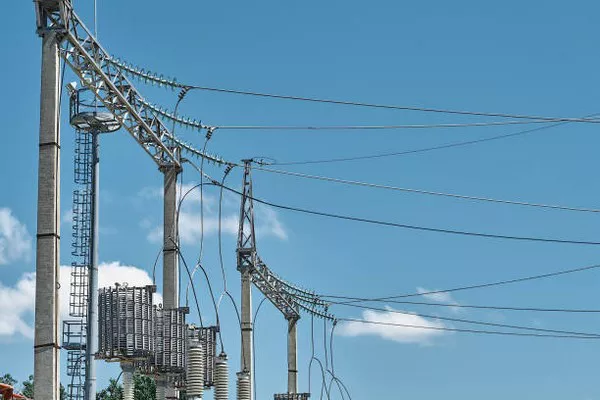Cleveland-Cliffs has announced a significant investment to revitalize a West Virginia plant, allocating $150 million to produce electrical transformers at the facility that closed earlier this year. The company aims to reopen the Weirton plant by early 2026, addressing the nationwide shortage of distribution transformers that has been hampering economic growth.
Job Creation and Local Impact
The new venture promises to provide employment opportunities for up to 600 union workers previously laid off when the Weirton tin production plant ceased operations in February. The shutdown of the tin plant, which followed the International Trade Commission’s decision not to impose tariffs on tin imports, resulted in the idling of 900 workers.
West Virginia is supporting the project with a $50 million forgivable loan as part of the investment package. Governor Jim Justice emphasized the importance of the initiative, stating, “We were never going to sit on the sidelines and watch these jobs disappear.”
Strategic Benefits and Future Prospects
Cleveland-Cliffs, headquartered in Cleveland and employing 28,000 workers across the U.S. and Canada, anticipates that the new facility will boost demand for specialty steel produced at its mill in Butler, Pennsylvania. Lourenco Goncalves, President, Chairman, and CEO of Cleveland-Cliffs, highlighted the critical role of distribution transformers in maintaining, expanding, and decarbonizing America’s electric grid.
Historical Context
The Weirton facility, which was once a prominent industrial site with nearly 800 acres and employed 6,100 workers in 1994, has a storied history. Weirton Steel, the original operator, filed for bankruptcy protection in 2003, leading to its acquisition by International Steel Group. The plant later became part of Luxembourg-based ArcelorMittal before being sold to Cleveland-Cliffs in 2020.
Located in Weirton, a city of 19,000 along the Ohio River approximately 40 miles west of Pittsburgh, the revitalized facility is poised to make a substantial impact on both the local economy and the national infrastructure.

